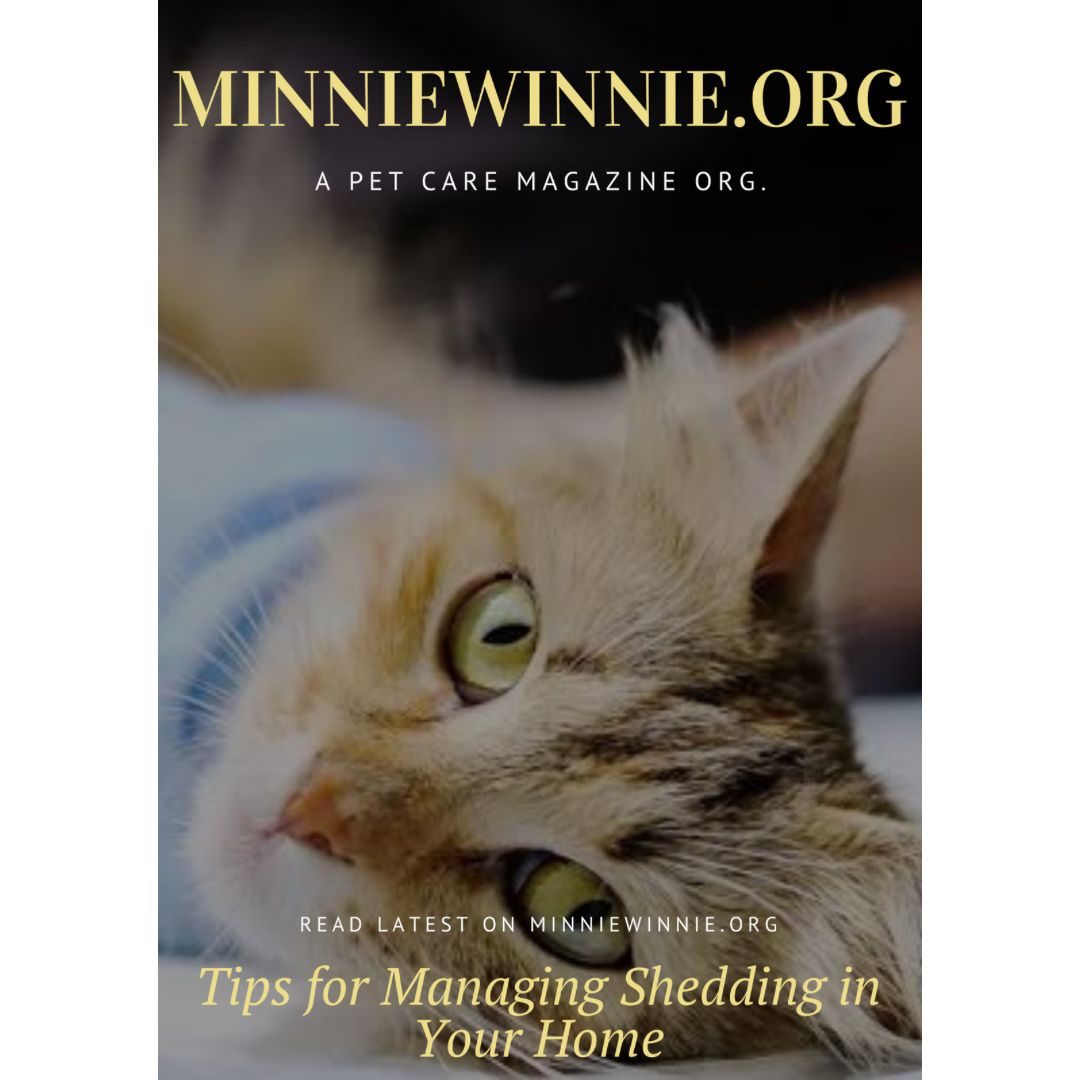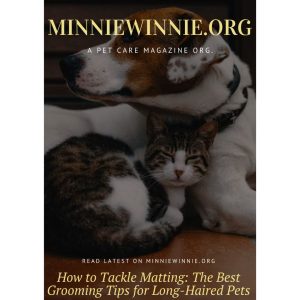Tips for Managing Shedding in Your Home
Pet shedding is a common concern for many pet owners, especially for those with long-haired breeds. While shedding is a natural process that helps animals maintain a healthy coat, it can be frustrating to keep fur from accumulating on furniture, floors, and clothing. Fortunately, there are several strategies you can implement to manage shedding in your home and keep it as fur-free as possible. Here are some practical tips to help you stay on top of pet hair.
1. Brush Your Pet Regularly
Regular grooming is one of the most effective ways to manage shedding. Brushing your pet’s coat removes loose fur before it ends up around your home. The frequency of brushing depends on your pet’s breed and coat type. Long-haired pets like Golden Retrievers or Maine Coon cats may need daily brushing, while short-haired animals like Beagles or American Shorthair cats can be brushed a few times a week.
Using the right grooming tools is crucial. De-shedding tools like the Furminator are excellent for removing undercoat fur, while slicker brushes are great for long-haired pets. Regular brushing not only reduces shedding but also promotes healthier skin and coat.
2. Maintain a Healthy Diet
A well-balanced diet plays a vital role in your pet’s overall health, including their coat. Pets that receive proper nutrition are less likely to shed excessively. Omega-3 and Omega-6 fatty acids, found in foods like fish oil or flaxseed, can improve coat quality and reduce shedding.
If your pet is shedding excessively despite regular grooming, it may be a sign of a nutritional deficiency. Consult your vet to ensure that your pet is receiving the right nutrients, or to consider adding supplements that promote coat health.
3. Keep Your Home Clean with the Right Tools
Pet hair can quickly accumulate on furniture, floors, and fabrics, but having the right cleaning tools can make all the difference. Invest in a vacuum cleaner designed for pet hair, preferably one with a HEPA filter that captures fine particles. Handheld vacuums are great for quick cleanups on furniture, while robot vacuums can help keep floors fur-free on a daily basis.
For hard-to-reach areas like corners or under furniture, use lint rollers or sticky tape to pick up stray hairs. Microfiber cloths can also be highly effective at picking up pet hair from surfaces like counters or upholstery.
4. Wash Bedding and Fabrics Frequently
Pet fur tends to cling to fabrics, making your pet’s bedding, couches, and rugs major collection spots. Regularly wash pet bedding and blankets to reduce the amount of hair that can transfer to other areas. Consider using covers on your furniture to make it easier to clean. Furniture covers can be easily removed and washed, reducing the amount of fur trapped in fabrics.
To keep your laundry pet hair-free, add dryer sheets or dryer balls when drying your clothes. These items help dislodge fur from fabrics, ensuring your clothes and linens come out clean.
5. Bathe Your Pet When Necessary
Bathing your pet not only keeps them clean but also helps reduce shedding by removing loose fur and dead skin. However, it’s important to avoid over-bathing, as it can dry out your pet’s skin and increase shedding. For most pets, a bath once every few weeks is sufficient, but this can vary based on the breed, lifestyle, and coat type.
When bathing your pet, use a gentle, pet-friendly shampoo that promotes skin and coat health. After the bath, towel-dry your pet thoroughly and brush out any loose fur while their coat is still damp.
6. Control Seasonal Shedding
Many pets experience increased shedding during seasonal changes, especially in spring and fall when they “blow their coats” to adjust to the changing temperatures. During these times, you may need to step up your grooming routine by brushing more frequently to keep up with the extra fur.
In addition to brushing, vacuuming more often during shedding seasons can help manage the influx of fur around your home. Keeping windows closed during windy days and using air purifiers can also help reduce airborne pet hair.
7. Consider Regular Professional Grooming
For pets with thick or long coats, regular professional grooming can make a big difference in managing shedding. Groomers have specialized tools to remove excess fur and trim the coat, which can help minimize shedding at home. Many grooming salons also offer de-shedding treatments that target loose undercoat fur.
If your pet is prone to heavy shedding or matting, scheduling grooming appointments every 6 to 8 weeks can help keep their coat in top condition and reduce the amount of hair left around your home.
8. Address Any Underlying Health Issues
While shedding is normal, excessive shedding can sometimes be a sign of an underlying health issue. Allergies, skin infections, and parasites can all cause pets to shed more than usual. If you notice your pet is losing fur in patches or their coat looks dull and brittle, it’s time to consult your veterinarian.
A vet can determine whether your pet’s shedding is normal or the result of a health condition that needs treatment. By addressing health issues early, you can reduce excessive shedding and improve your pet’s well-being.
Final Thoughts
Managing shedding in your home may feel overwhelming at times, but with the right approach, it’s completely manageable. By brushing your pet regularly, maintaining a healthy diet, using effective cleaning tools, and addressing any health concerns, you can keep shedding under control and enjoy a cleaner, more comfortable living space. Taking these simple steps will not only reduce the fur in your home but also keep your pet’s coat looking and feeling its best.










